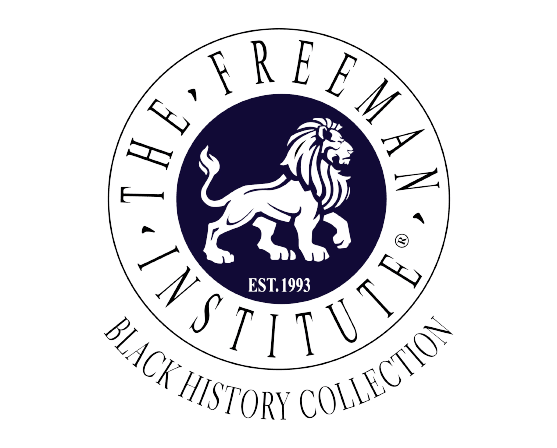
A Key To Uncle Tom's Cabin

Scarce First Edition copy of Stowe’s”A Key To Uncle Tom's Cabin", published in London (1853). It contains 595 pages of the original facts, documents, and corroborative statements upon which the story "Uncle Tom's Cabin" is founded.
-- Five copies of the "Uncle Tom's Cabin, Young Folks Edition" (1890)
-- First Edition copy of the scarce "Uncle Tom's Cabin" (1852) Sheet Music.
-- Three late 1800s German editions of "Onkel Tom's Hutte" Each edition is in great condition.
-- Onkel Tom's Hytte (Danish edition) by Harriet Beecher Stowe, Book Description: John C. Winston & Co., Philadelphia, 1897. Hardback. Foxing on many pages Solid binding, 8vo, 668pp. Heel and head of spine crushed. Cover somewhat darkened or soiled but the three color embossed illustration still visible... Colored end sheets starting to crack. Text clean, over 100 illustrations by celebrated artists. Text in Danish. The stamp of Hoey Publishing Co., Chicago, IL appears on the title page.
BACKGROUND: This is one of the most influential books of the nineteenth century and caused a stir in Denmark, Germany and other European countries. From Wikipedia....."Uncle Tom's Cabin; or, Life Among the Lowly is an anti-slavery novel by American author Harriet Beecher Stowe. Published in 1852, the novel had a profound effect on attitudes toward African Americans and slavery in the United States, so much so in the latter case that the novel intensified the sectional conflict leading to the American Civil War. Stowe, a Connecticut-born teacher at the Hartford Female Academy and an active abolitionist, focused the novel on the character of Uncle Tom, a long-suffering Black slave around whom the stories of other characters—both fellow slaves and slave owners—revolve. The sentimental novel depicts the cruel reality of slavery while also asserting that Christian love can overcome something as destructive as enslavement of fellow human beings. Uncle Tom's Cabin was the best-selling novel of the 19th century (and the second best-selling book of that century, following the Bible) and is credited with helping fuel the abolitionist cause in the 1850s. In the first year after it was published, 300,000 copies of the book were sold in the United States alone. The book's impact was so great that when Abraham Lincoln met Stowe at the start of the American Civil War, Lincoln is often quoted as having declared, "So this is the little lady who made this big war." The book, and even more the plays it inspired, also helped create a number of stereotypes about Blacks, many of which endure to this day. These include the affectionate, dark-skinned mammy; the Pickaninny stereotype of black children; and the Uncle Tom, or dutiful, long-suffering servant faithful to his white master or mistress. In recent years, the negative associations with Uncle Tom's Cabin have, to an extent, overshadowed the historical impact of the book as a "vital antislavery tool."
-- Two rare First Edition 1858 copies of "Truth Stranger than Fiction Father Henson's Story of His Own Life" with an introduction by Mrs. Harriet Stowe and with illustrated frontispiece of Josiah Henson. Published by John P. Jewett and Company, Boston, hardcover edition. Henson was an American slave who escaped to Canada, founding a school for fugitive slaves in Canada. He was a conductor of the Underground Railroad and a member of the Canadian Army (his image is on recently offered Canadian Stamps).
-- BACKGROUND: Josiah Henson (1789-1883) has been called "the most controversial former slave ever to make his way to freedom and safety in Upper Canada." Born on a plantation in Charles County, Maryland. Henson, early on in life was shown the cruelty and brutality of slavery. Henson’s father once tried to defend his mother from an overseer. His punishment was 100 lashes, an ear cut off and his sale to another slave owner further south. His father was never heard from again. In 1830 his slave owner, Amos Riley secretly arranged his sale which would separate Henson from his family. Upon learning of the plan Henson escaped north to Canada with his wife and his children. After 3 years of working as a farm laborer, the idea of a self supporting Black Colony began to form in Henson’s mind. He hoped for a population that would be self employed and would have a chance to get a general education. His dream became a reality when he helped to create the Dawn Settlement near Chatham, Ont. Henson’s life was recorded in a book titled, "The Life of Josiah Henson, Formally a Slave, Now an Inhabitant of Canada." It is from this book, many believe that American Author Harriet Beecher Stowe got the basis for her popular novel "Uncle Tom’s Cabin." Josiah Henson was active until his death, lecturing throughout Canada and the United States. While he was fond of the fame and prestige, his main goal in life was to improve the living conditions for Upper Canada’s Black population
Send a Message
Contact Us
Office location
Gambrills, MarylandGive us a call
(410) 991-9718Send us an email
[email protected]Other website
freemaninstitute.com/Collectmain.htm